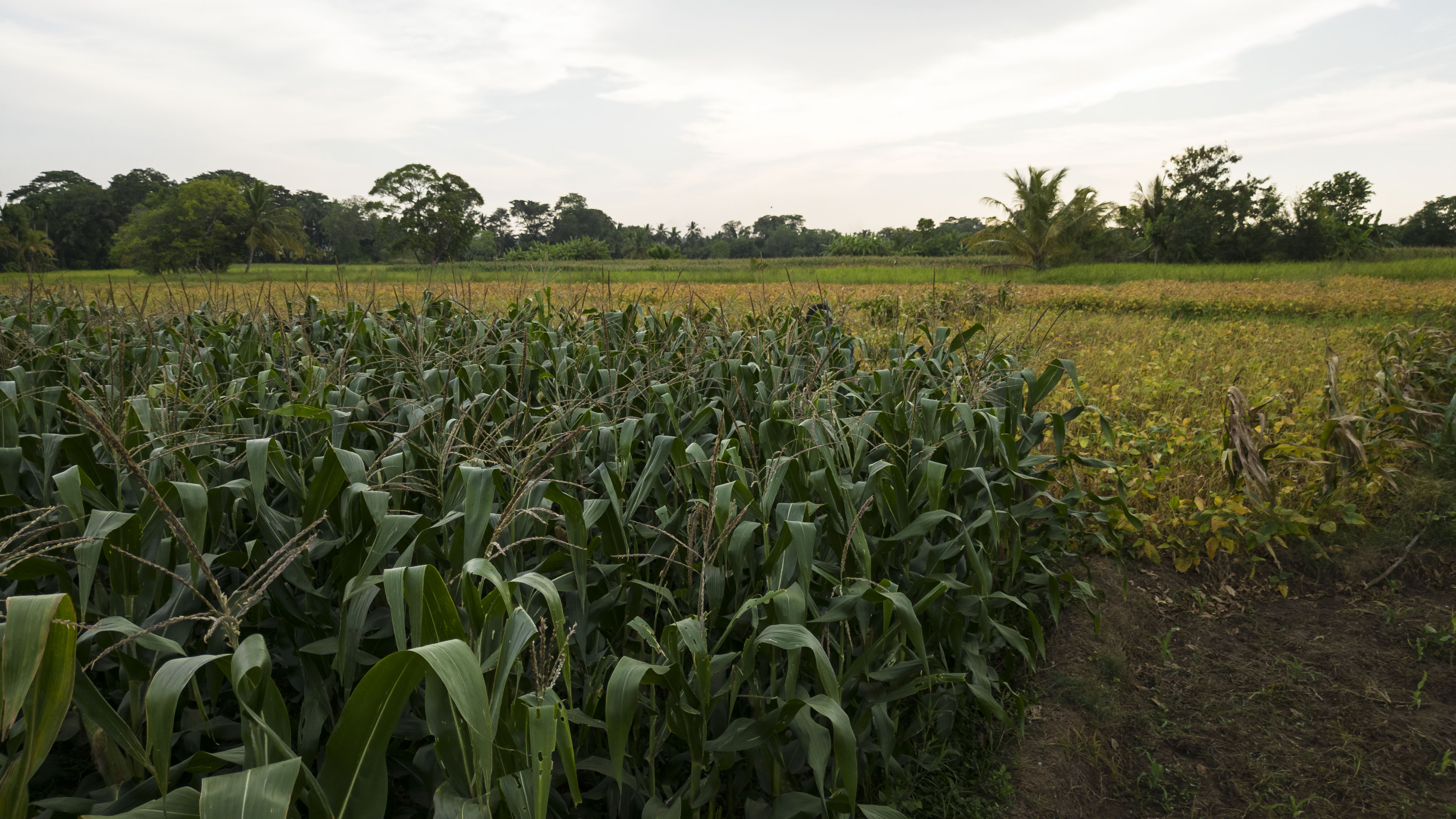Mycotoxins are toxic secondary metabolites produced by fungal species that are widely found in nature and can contaminate agricultural products. According to the Food and Agriculture Organization (FAO) of the United Nations, almost 25% of the world’s food supplies are contaminated by mycotoxins annually. Aflatoxin (AF) is among the common mycotoxins that commonly contaminate staple commodities, such as maize, and many others, during poor storage and processing conditions. AFs, when inhaled, ingested, or adsorbed through the skin, even at a very small concentration have carcinogenic, hepatotoxic, teratogenic, and mutagenic effects in humans and animals. AFs can also be acutely toxic or even fatal for both humans and livestock. Among the many analogs and derivatives of AFs that have been identified, the B-series (AFB1 and B2), the G-series (AFG1 and G2), and the M-series (AFM1 and AFM2) are of the most relevance from a food safety point of view. Among these, AFB1 is considered to be the most potent naturally occurring liver carcinogen. Meanwhile, AFM1 is a toxic metabolite of AFs, which is found in the milk of animals administered with feed containing AFs.
A. flavus produces AFB1 and grows in food/feed stored in warm and humid conditions along with the other influencing factors. Hence, the risk of human aflatoxicosis due to the consumption of aflatoxin-contaminated maize is high in tropical areas. This risk is also due to the characteristic of AFB1 being heat-stable that cannot be destroyed during most of the food processing conditions. There are multiple pre- and post-harvest factors for controlling AF production and contamination in maize. These approaches can reduce the mycotoxins to below the standard limit of the AFs in food/feed. To achieve this, there are various methods used to detect and quantify AFs in food/feed systems.
* Participants who successfully complete the course and pass a corresponding quiz will receive a certificate of achievement.
.png)
.png)





Learner Satisfaction Rating
Reviews
I'm highly interested in the course
t6852dagne
03 July 2025